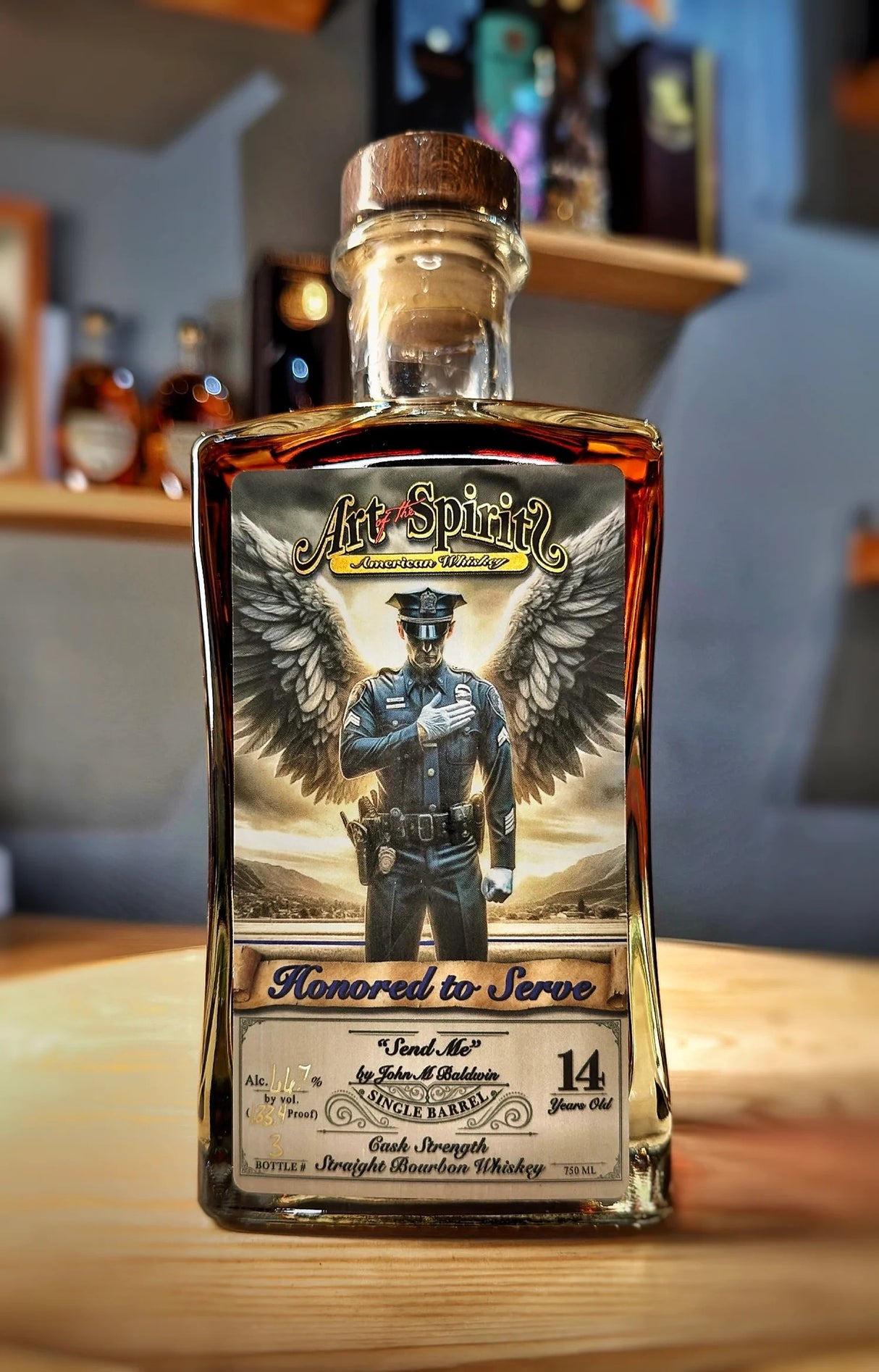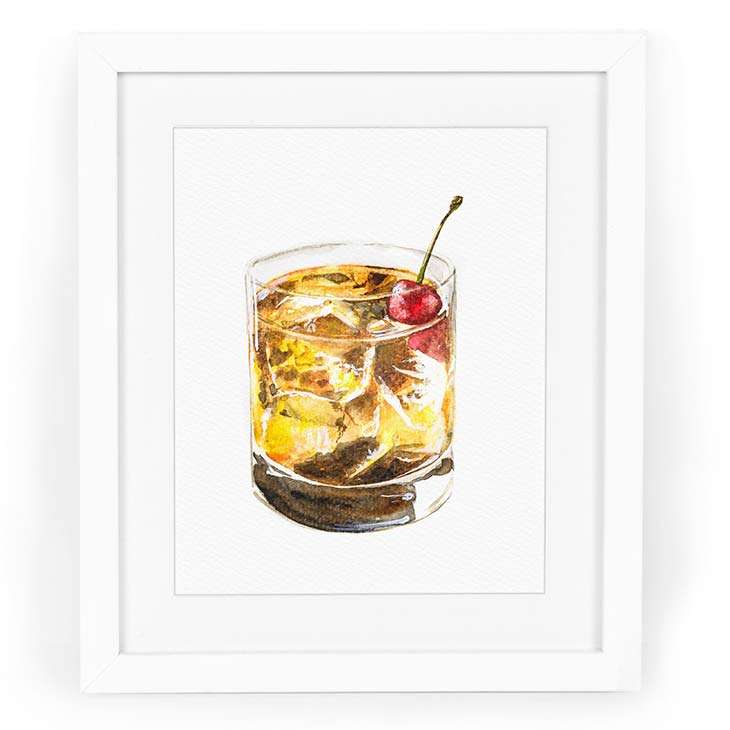Bourbon Art in Contemporary Society: Where Custom Fulfills Technology
Bourbon Art in Contemporary Society: Where Custom Fulfills Technology
Blog Article
The Relevance of Whiskey Art in Celebrating Heritage and Craftsmanship in the Beverage Industry
The detailed relationship in between bourbon art and the party of heritage and workmanship within the drink industry can not be overemphasized. Through thoughtfully designed tags and bottles, scotch brand names envelop their historical roots and the artisanal abilities that specify their manufacturing approaches.
The Historic Origins of Whiskey
At the heart of bourbon's allure exists a rich tapestry of historical roots that map back to ancient worlds. The beginnings of bourbon can be linked to the purification techniques of the Sumerians and Babylonians around 2000 BCE, where early types of fermented grain beverages started to arise. However, it remained in the Middle Ages that the art of distillation evolved significantly, especially in Ireland and Scotland, leading to the development of whiskey as we understand it today.
The term "scotch" itself originates from the Gaelic word "uisce beatha," implying "water of life." This phrase emphasizes the social value of bourbon in Celtic societies, where it was commonly related to routines, celebrations, and communal bonding. By the 15th century, purification became a recognized craft within reclusive neighborhoods, paving the way for the facility of legal distilleries.
As trade courses broadened, bourbon's popularity expanded, transcending regional boundaries and capturing the rate of interest of aficionados worldwide. Whiskey Art. This historic trip mirrors not just the craftsmanship behind whiskey manufacturing but also its essential duty in social and cultural contexts, noting it as a substantial beverage throughout background
Artistic Expression in Branding
Bourbon branding stands as a compelling junction of artistry and commerce, where aesthetic identity plays a vital role in forming consumer understanding. The aesthetic appeals of bourbon labels, product packaging, and marketing materials show not only the brand name's tale yet also its core worths and heritage. Via artistic expression, distilleries communicate a story that reverberates with customers, stimulating emotions and sparking links.
Using shade, typography, and images in branding offers to separate products in a saturated market. Traditional concepts may evoke a feeling of authenticity and craftsmanship, while contemporary layouts can signify development and forward-thinking. This critical imaginative instructions enhances brand name recognition and commitment, allowing consumers to forge an individual partnership with the bourbon they pick.
In addition, creative expression in branding typically works as a party of local heritage. Distilleries often incorporate local symbols or historic recommendations right into their styles, creating a sense of place that welcomes consumers to take part in a more comprehensive social experience. Inevitably, the artistry behind whiskey branding not only improves aesthetic charm yet also improves the general story of the brand name, promoting a deeper recognition for the craftsmanship and heritage embedded in each bottle.
Workmanship in Bottle Design
The artistry obvious in scotch branding expands past aesthetic identification to encompass the craftsmanship entailed in container style. Each container serves as a vessel not just for the spirit within, however also for the tale it outlines its high quality, custom, and beginning. The design process needs meticulous focus to information, as components such as product, shape, and closure add dramatically to the total perception of the bourbon.
Craftsmanship in bottle design involves picking high-grade glass that can improve the bourbon's shade and clearness, while likewise supplying a responsive experience for the customer. The silhouette of click reference the bottle have to be both aesthetically enticing and practical, commonly showing the heritage of the brand. Several distilleries choose distinct forms or embossed logo designs that stimulate a feeling of credibility and history.
Moreover, the tag layout and typography play a crucial duty in connecting the brand name's narrative. Whiskey Art. A well-crafted container not just mesmerizes the consumer's eye however also enhances the brand's dedication to top quality and custom. By doing this, the workmanship of bottle layout becomes a vital element of the scotch experience, combining creativity with a profound respect for heritage
Cultural Significance of Whiskey Art
Celebrating practice and craftsmanship, the social significance of bourbon art transcends plain appearances, intertwining with the social and historic stories of the regions from which it originates. Each container acts as a canvas, portraying the special stories, folklore, and practices that have formed regional whiskey-making techniques. The detailed styles often show the heritage of the distillers, integrating symbols and themes that resonate with the society and worths of their areas.

Furthermore, whiskey art plays a vital role in common celebrations and celebrations, functioning as a tangible link in between individuals and their shared experiences. By appreciating the virtuosity in whiskey packaging, customers grow a deeper understanding and respect for the craft, eventually enhancing their satisfaction of the beverage itself.
Modern Trends in Scotch Discussion
Recently, the discussion of bourbon has developed to mirror contemporary preferences and fads while still recognizing conventional craftsmanship - Realism Art. Distilleries are increasingly concentrating on aesthetic aspects that boost the general alcohol consumption experience, bridging the space in between heritage and modernity
Ingenious container designs have emerged, often incorporating sustainable products and artistic labels that inform engaging tales. Numerous brands currently team up with local artists, infusing their items with one-of-a-kind visual expressions that reverberate with customers. In addition, limited-edition launches are commonly packaged in collectible containers, including worth and allure for connoisseurs.

Conclusion
Finally, bourbon art functions as a crucial conduit for revealing the heritage and workmanship inherent in the beverage market. Through complex branding, innovative bottle layouts, and culturally significant creative elements, bourbon brands successfully recognize their practices and get in touch with consumers. This artistic story not only raises the appreciation of whiskey yet also strengthens area identity and satisfaction amongst manufacturers. Eventually, bourbon art plays an essential role in preserving and celebrating the rich cultural tapestry of whiskey-making.


Workmanship in bottle style involves selecting top notch glass that can improve the scotch's shade and quality, while also providing a tactile experience for the consumer. In this means, the craftsmanship of container layout ends up being an important facet of the bourbon experience, combining virtuosity with a profound respect for heritage.
In conclusion, bourbon art serves as a crucial channel for sharing the heritage and workmanship inherent in the drink sector.
Report this page